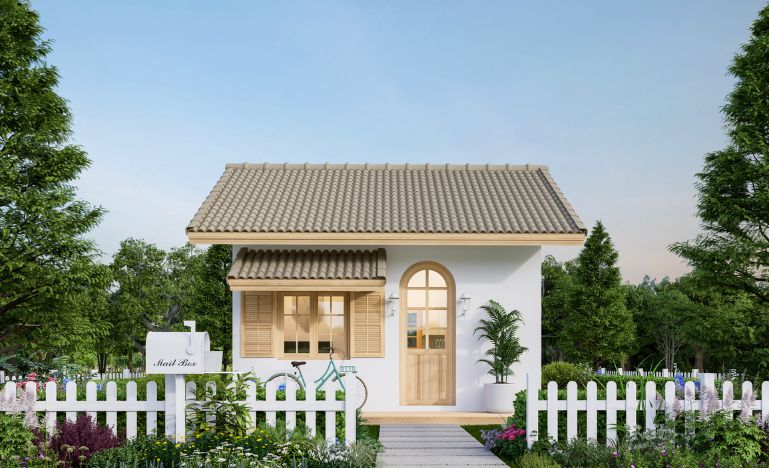No place like home
Part of solving the housing crisis involves treating it as a public good and recognizing everyone’s right to be safe, warm, and dry in stable accommodation

Few issues are as high profile in Canada right now as housing.
Whether it’s tent encampments in the park, social assistance recipients in substandard accommodations, inadequate and overcrowded housing in Indigenous communities, would-be renters unable to find affordable options or young people shut out of the housing market, these stories have occupied considerable space in the media, and in public and political discussion.
Tiny houses, laneway homes, office building conversions and “housing first” programs launched by non-profit organizations have all had their moment in the sun as possible answers to the housing problem.
Since the end of the Second World War, Canada has usually been a reliable signatory of international human rights instruments, including the International Covenant on Economic, Social and Cultural Rights (ICESCR), the International Convention on the Rights of the Child, and the United Nations Declaration on the Rights of Indigenous People. All of these identify housing as a human right. For example, Article 11 of the ICESCR recognizes “the right of everyone to an adequate standard of living for himself and his family, including adequate food, clothing and housing.” Signatory states might reasonably be understood to be committing themselves to this proposition.
A cynic might say it's easy for the Government of Canada to make these international commitments, as many of them depend on the activity of provincial governments to carry them out. As a recent article in the Globe and Mail notes, though the federal government has a housing advocate who can exhort the provinces to do better, with the exception of Prince Edward Island, they have yet to characterize housing as a human right.
The Charter of Rights and Freedoms is also silent on the rights outlined in the ICESCR, though it has many provisions that reflect its sister document, the International Covenant on Civil and Political Rights, including fundamental freedoms and procedural rights in criminal proceedings. The courts have followed the lead of the drafters of the Charter and have largely abstained from making decisions that would direct or influence the spending priorities of governments.
At the same time, though stories about the housing crisis may catch our attention, and we feel for Canadians who are inadequately housed or not housed at all, most of our discussion of housing is couched in terms of private investment and financial gain. Reports on the health of the economy point to rising real estate values as a positive sign, and the voices of property developers and investors are loud in formulating public policies. The idea that housing should provide somewhere for all people to live safely and comfortably is obscured by our characterization of houses as “assets” and our entrenched view that exploitation of land by developers and housing starts are sure signs of economic progress.
Governments at both the national and provincial levels have designed and financed giant healthcare and education systems and have generally accepted that there is an obligation to ensure everyone in society has access to these systems. Like housing, the discourse concerning health care and education is not usually framed in terms of human rights. Still, there is an expectation that we will all be included in the programs that provide them. It is certainly possible to criticize these systems — and many do. The question of what’s included and excluded from public investment can be hotly contested on occasion, but the comprehensiveness of our public health and education programs is remarkable.
Like health care and education, the solution to housing issues lies in continued reliance on private investment and more attention to housing as a public good. It is hard to see how to make progress until we are at least prepared to have a conversation recognizing everyone’s right to be safe, warm, and dry in stable accommodation, and to engage in a courageous examination of what it would take to get us there.
Is a house, tiny or otherwise, a place to live or an asset? It is probably both, but we need to have a serious public discussion that focuses on how to ensure that everyone has access to the former, and does not entirely depend on the assumption that high real estate prices are a sign of a society’s well-being.


